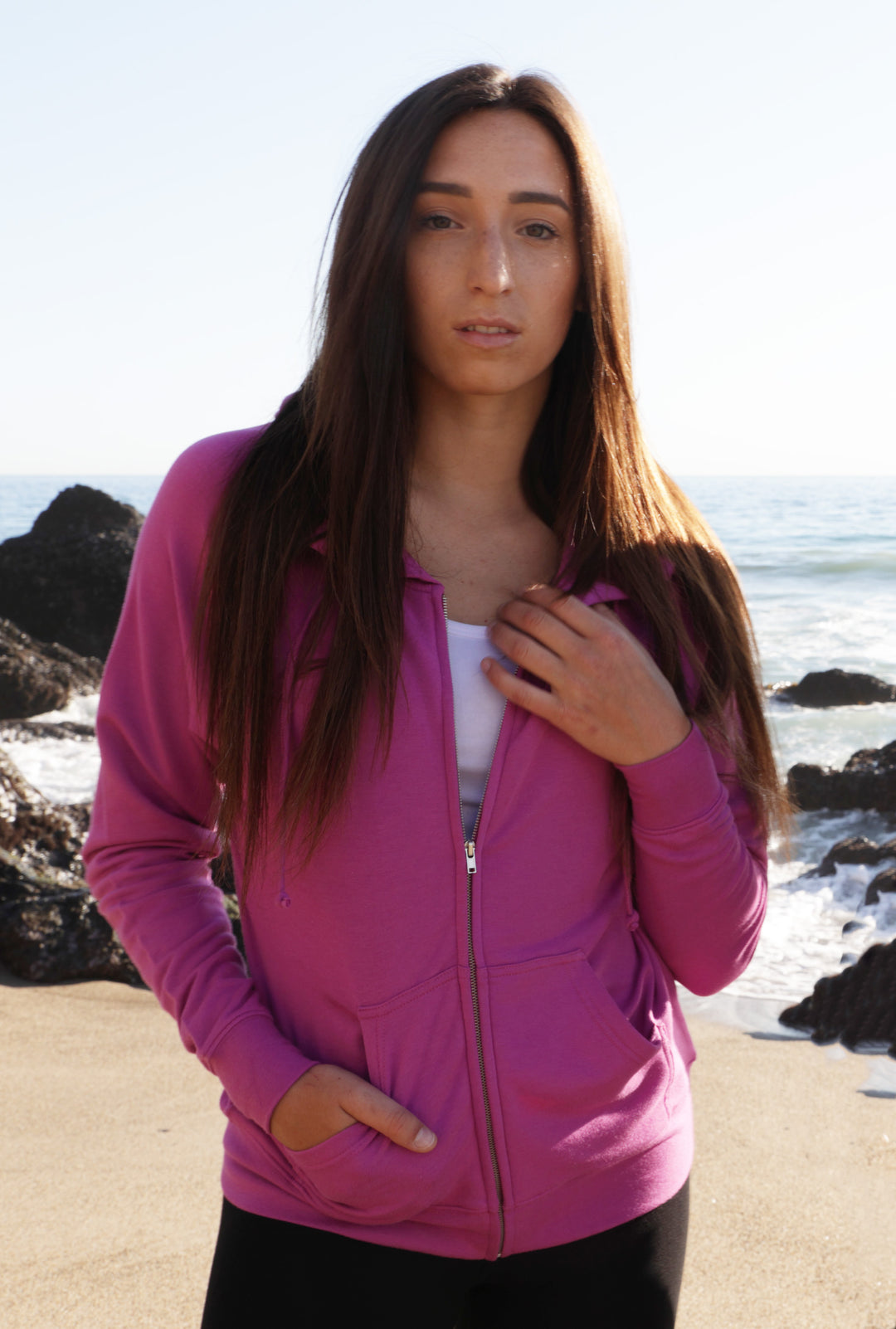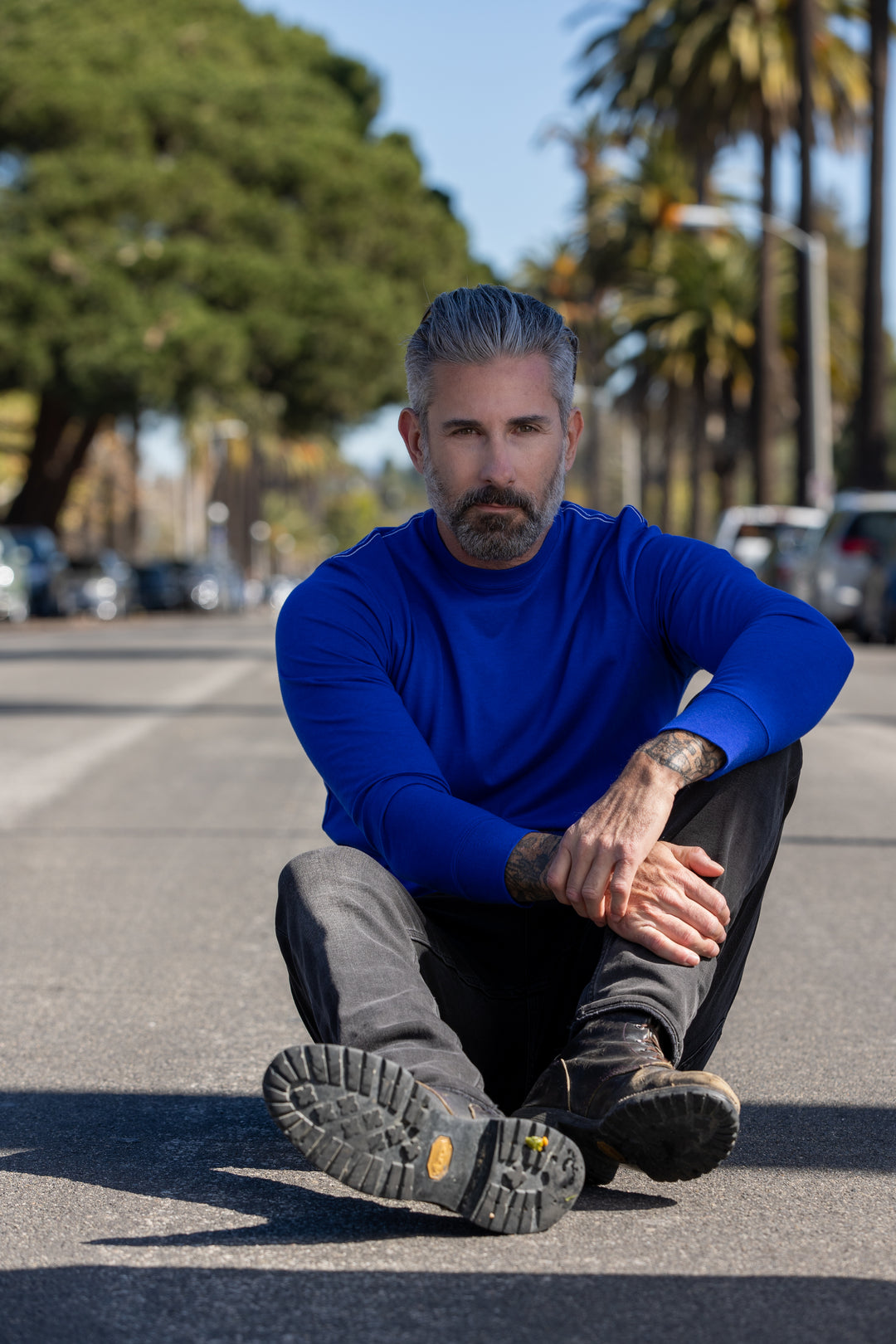FAQ - Frequently Asked Questions
As the world’s industrial populations come to understand their real and negative impact on the health of the global environment, and consequently, the health of every living thing on earth, we, at Spun Bamboo, are providing choices to individuals we hope will have a positive impact on our planet. Spun Bamboo does this through the creation of consumer goods made from an amazing, versatile, renewable resource: Bamboo.
FAQ’s
“Where is your bamboo grown”?
Our bamboo is grown on managed farms/plantations in Southeastern China. Since all of the fiber processing is done in China and there is an abundance of bamboo growing in China, we use the bamboo grown there. We hope that, in time, we can purchase our viscose from bamboo here in the U.S.A.
”I have read that they are clear cutting old growth forest in China to make way for more bamboo farms. Is that true?”
We have found absolutely no evidence of any cutting of timber to plant bamboo. In fact, we have found that in 2007 the forest area in China grew by 12.84 million acres or the equivalent of nearly 2.3 billion trees. On January 14, 2008, China announced plans to plant more than 2.5 billion trees in 2008 covering an additional 13.09 million acres. In 2009, China planted an additional 2.6 billion trees covering more than 13.39 million acres. The National Forest Restoration Program of China also has strict protection in place for existing forest land.
”We have heard that there is more than one type of fiber from bamboo. If that is true, what are the different types and do you use all of them? If not, which types do you use?”
There are two types of fiber derived from bamboo. The first is usually described as mechanical and the second as chemical. Very little of the mechanical fiber is in circulation and is not widely used. This fiber is more linen like and therefore not suitable for garments such as underwear, t-shirts or socks. The fiber produced via solvent spinning is technically classified as 'viscose' and is properly labeled as 'viscose from bamboo'. Viscose from bamboo is the fiber that we use.
”What chemicals are used in the processing of your bamboo viscose and are they hazardous?”
The main chemical used in the processing is sodium hydroxide, also known as caustic soda. Caustic soda is one of the most widely used chemicals in the world. It is used in food production, soap making, manufacturing of bio diesel, production of paper, and is used on nearly all cotton fabrics, including organic cotton, during wet processing. Caustic soda is approved for use on textiles under the Global Organic Textile Standard (GOTS). While caustic soda is a strong chemical it poses no health hazard if used and disposed of properly. Raw bamboo culms are broken down into spinnable fibers by the use of sodium hydroxide.
• Sodium hydroxide is reactive but it is not toxic, i.e., it does not cause DNA damage, does not enter the food chain and is short lived because of its reactivity.
• Sodium hydroxide is easily neutralized into salt and water.
• Sodium hydroxide could be harmful if released into the atmosphere; however, our production process is completely closed allowing an insignificant release of byproducts into the environment.
• Sodium hydroxide is used as a washing agent for almost all organic cotton textiles and is certified by the global organic textile standards .
Our fiber supplier in China has confirmed to us that the fiber they produce is produced in a 'closed loop' system where 100% of the sodium hydroxide and 74% of the carbon disulphide is recovered and recycled for further use.
”Some other manufacturers of viscose from bamboo clothing say their apparel is Oeko Tex 100 certified, which means that no harmful chemicals were used in the production of their product and that their product is certified to be chemical free. Are your products certified to the Oeko Tex 100 Standard?”
There seems to be a fair amount of confusion regarding the Oeko Tex 100 Standard and what it means. The Oeko Tex 100 Standard is a certification of a product at a given point in the manufacturing process. The certification states that there are no chemicals present in the product, at that point in the processing, that would be harmful to human health, including that of babies. It does not certify that no chemicals were used in the processing nor does it make any evaluation of what processes were used or any evaluation of the facilities that participated. There are other Oeko Tex certifications, such as 1000 and 100+ that certify processes or facilities but Oeko Tex 100 does not. To our knowledge, all of the viscose from bamboo produced is Oeko Tex 100 certified. We know for sure that the viscose that we purchase has achieved that certification. We do know that there are some purveyors of bamboo apparel who state that their apparel is certified, when what they actually mean is that their fiber, viscose from bamboo is certified. If companies selling bamboo apparel have additional certifications past the viscose stage they would have the documentation for those certifications.
”Because of the processing, should viscose from bamboo still be considered ‘green’?”
The production of viscose from bamboo can and should be improved. R&D is underway to improve the process. Hopefully, a process similar to lyocell using organic solvents will someday be the standard for bamboo production. In the meantime, to discount all of the known positives of bamboo because it is not the darkest shade of green or 100% eco-friendly would be as bad of a decision as saying that organic cotton is not green or eco-friendly because of the amount of water used to grow it or because caustic soda is used in the processing. Some facts to consider about the greenness of bamboo would be:
- Bamboo is grown without pesticides or chemical fertilizers
- Bamboo requires no irrigation
- Bamboo rarely needs replanting
- Bamboo grows rapidly and can be harvested in 3-5 years
- Bamboo produces 35% more oxygen that an equivalent stand of trees
- Bamboo is a critical element in the balance of oxygen and carbon dioxide in the atmosphere
- Bamboo is an excellent soil erosion inhibitor
Additionally, bamboo viscose fabric is breathable, thermal regulating, wicks moisture better than polyester performance fabrics, will resist odor and is extremely absorbent.
”Why do some bamboo fabrics not always feel as soft as other bamboo fabrics?”
The first possibility would be that the fiber that was used is the mechanically produced variety, which does not produce a soft fabric, as opposed to the chemically produced type, which produces a very soft fabric. In addition, even if the fiber was of the chemically produced variety, other factors can dramatically impact the softness of the finished fabric, as they can with any fiber. The type of yarn, open end or ring spun is a major contributing factor to how a fabric feels. Ring spinning causes the fibers to lay down in a parallel fashion, where open end yarns tend to have more fibers that have exposed ends, making that yarn less soft to the touch than ring spun. Finally, during wet processing (the scouring/bleaching/dyeing and finishing process) many variables exist. Some of those could certainly result in a change in the hand on the fabric. A ph level that is too high, temperatures exceeding the limits of the fiber, any surface applications such as anti-curling agents, flame retardants, softeners, etc.; any of these could impact the look and the feel of the finished fabric.






